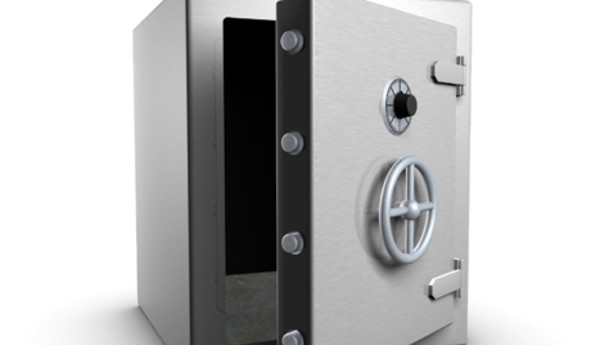
Article 2 / 6
Investing in DFMs - October 2016Low-risk returns? Cast the net wider

Investors have been pouring money into absolute return funds over the past 12 months.
The Investment Association (IA) Targeted Absolute Return sector has seen net inflows of more than £10bn, according to Morningstar’s estimated net flow data to the end of August. It has been far and away the most popular sector on this measure, with net flows more than five times greater than the next two most popular sectors (the Short Term Money Market and Property sectors).
Investors have been attracted to the absolute return space looking for low-risk funds offering to grind out consistently positive returns.
But it is worth investors asking themselves whether it is right to put their faith in these alternative, and typically more expensive, managers. Perhaps exposure to a less-esoteric strategy, namely the IA Mixed Investment 0-35% Shares sector, may generate better outcomes?
Let’s take a look at the criteria for gaining access to the absolute return sector. The IA describes it as containing funds that “aim to deliver positive returns in any market conditions”.
The funds must stipulate a time period over which they aim to consistently generate these positive returns, and, since the IA imposes a maximum of three years, most funds go with that.
This definition is broad and so encompasses different strategies – and this has resulted in a diverse set of performance outcomes. For example, year-to-date performance of the underlying funds ranges from 10 per cent to -20 per cent.
So far, the IA has no rules for ejecting funds that do not live up to expectations, and, after carrying out a quick analysis using only sterling-denominated funds, it is clear there are rather too many of these. Only 88 per cent of funds in the sector have delivered positive returns net of fees over the past three years.
Given that investors are flocking to absolute return for capital preservation, some will be disappointed. Therefore, it could be argued that investors looking for low-risk returns would be wise to cast the net a little wider.
A less-fashionable way of achieving these results is to look at multi-asset funds. The lowest risk of the traditional multi-asset sectors, the IA Mixed Investment 0-35% Shares sector, contains more than 40 funds, and there are more residing in the unclassified sector, where managers who prefer not to be tied down by the prescriptive IA rules generally sit.
Despite low-risk multi-asset funds being more traditional in their approach, arguably they have done a better job in generating absolute returns than the absolute return funds.
All of these funds have delivered positive returns over the past three years. Additionally, the average fund has delivered an annualised return of 4.4 per cent, far superior to the 1.9 per cent generated by the average absolute return fund. To top it all off, the low-risk multi-asset fund sector has exhibited a better risk-adjusted return than the absolute return sector.
The absolute return funds look a lot better using rolling three-year windows, with a more respectable 94 per cent of periods delivering positive returns across all available three-year periods over the past 10 years. Importantly, however, the multi-asset funds trump them with 95 per cent of periods delivering positive returns.
This is not a perfect analysis given that both sectors were much smaller 10 years ago and, therefore, the results are more heavily skewed to more recent time periods, but it is interesting nonetheless.
Absolute return funds certainly have a place in portfolios and are important diversifiers, but care needs to be taken to understand the specific strategies being followed – be it long/short equity, global macro or relative value. It is worth shining the spotlight on low-risk multi-asset funds because, in a world where clients are seeking low-risk returns, for some reason they appear to have been shunned.
The IA Mixed Investment 0-35% Shares sector received only £8m of net inflows over the 12 months to the end of August versus the more impressive £10bn allocated to absolute return. This is in spite of these multi-asset funds being easier to understand, more consistent performers and often cheaper.
So the next time you are looking for a low-risk fund to grind out consistently positive returns, it would be wise to remember that the simplest options are often the most effective.
Richard Stark is investment manager at Cornelian Asset Managers



